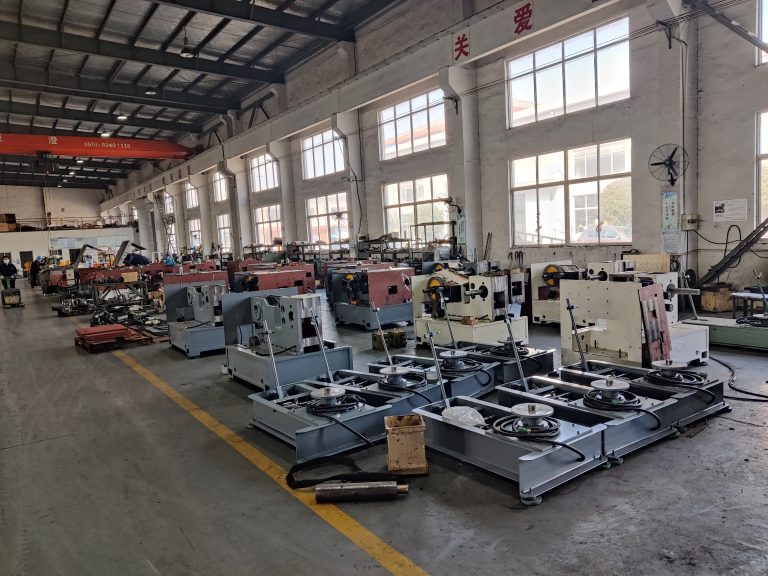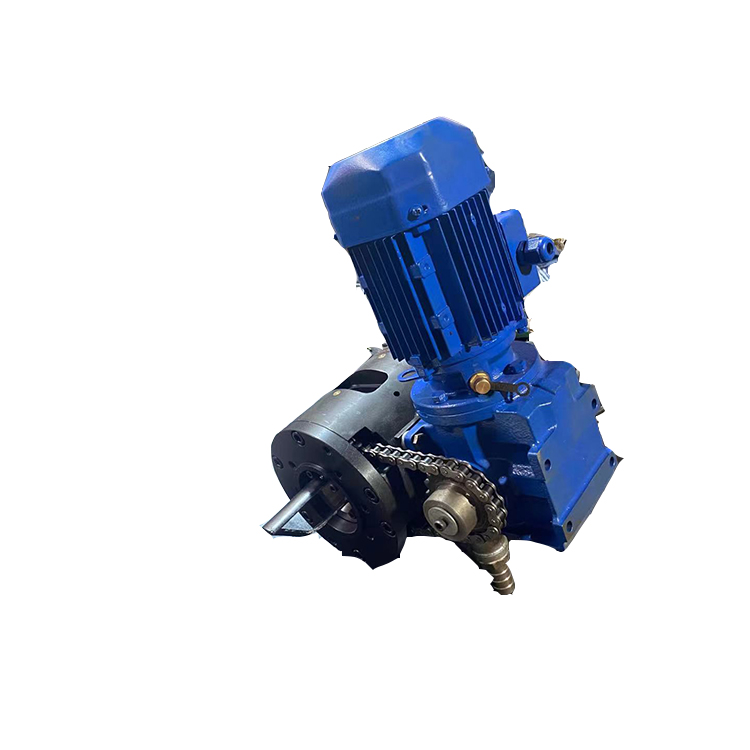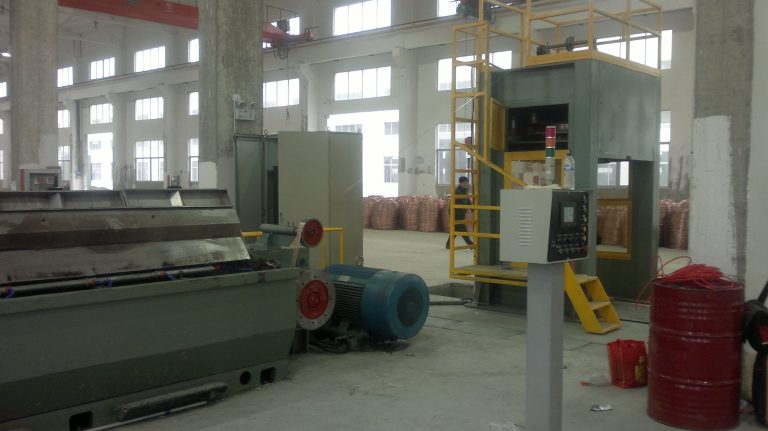Understanding The Steps Involved In GI Wire Manufacturing Process
The first step in the GI Wire Production Line manufacturing process is wire drawing. This involves pulling a metal rod through a series of dies to reduce its diameter and increase its length. This process helps to improve the strength and flexibility of the wire. Once the wire has been drawn to the desired size, it is ready for the next step.
The next step in the galvanized iron wire manufacturing process is cleaning and pickling. This involves removing any impurities or contaminants from the surface of the wire to ensure that the zinc coating will adhere properly. The wire is typically cleaned using a combination of chemicals and mechanical processes to achieve the desired level of cleanliness.

After the wire has been cleaned and pickled, it is ready for the galvanizing process. This involves immersing the wire in a bath of molten zinc to coat it with a layer of zinc. The wire is typically passed through a series of tanks or baths to ensure that it is evenly coated with zinc. The thickness of the zinc coating can be controlled by adjusting the temperature and speed of the process.
Once the wire has been galvanized, it is typically cooled and dried before being spooled or cut to the desired length. The galvanized wire is then ready for use in a variety of applications, including fencing, construction, and electrical wiring.
Overall, the GI wire manufacturing process involves several steps to ensure that the wire is properly coated and ready for use. From wire drawing to cleaning and pickling to galvanizing, each step plays a crucial role in producing high-quality GI wire. By following these steps carefully, manufacturers can produce durable and reliable wire products that meet the needs of their customers.





